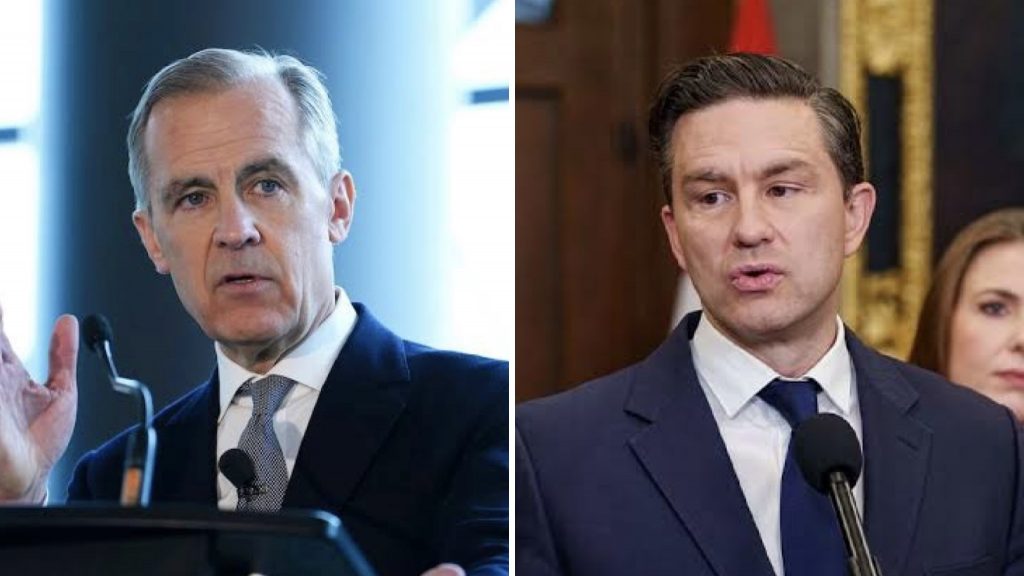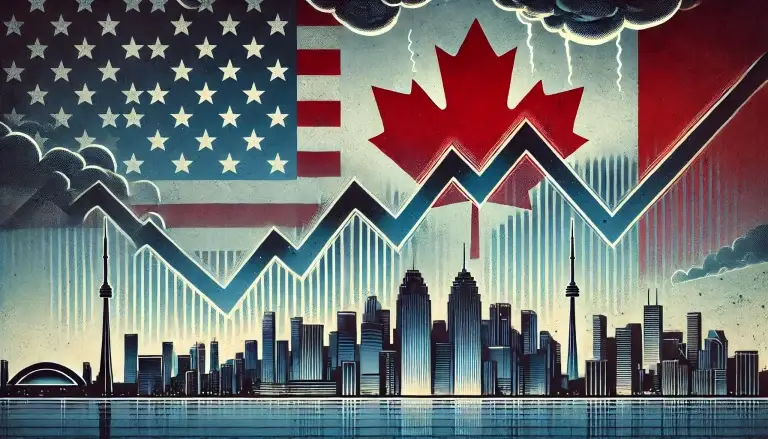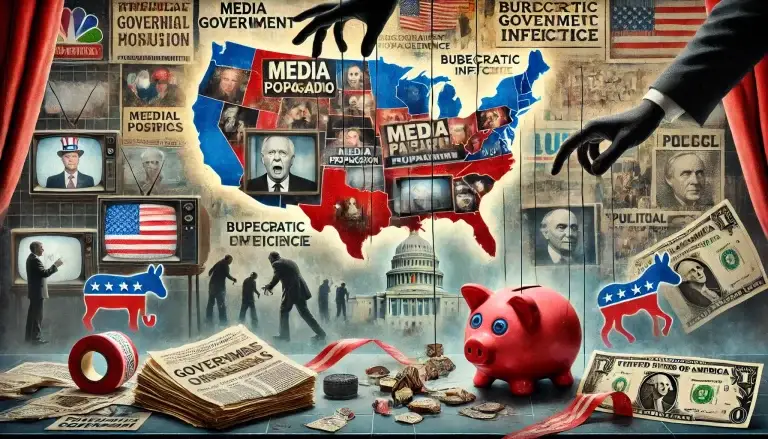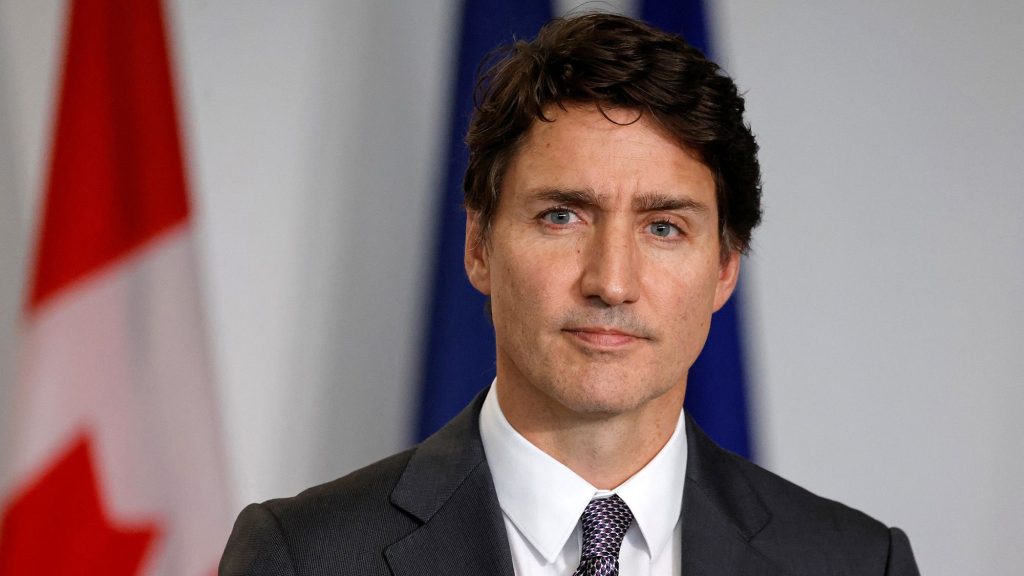
In recent years, political polarization has intensified, and 2025 shows no signs of calming the storm. As ideological differences widen and partisan rhetoric grows more aggressive, the impact of this divide is being felt across all levels of government and society. This article explores how polarized politics are reshaping policy debates, influencing voter behavior, and altering the very fabric of civic life.
The Rise of Partisan Extremes
Political polarization in the United States and many other democracies has reached unprecedented levels. The traditional center ground seems to be vanishing as political parties increasingly embrace extreme positions. This shift is evident not only in legislative gridlock but also in the public discourse—where balanced debates are often replaced by echo chambers that reinforce pre-existing beliefs.
Implications for Policy-Making
One of the most critical consequences of this divide is the difficulty in passing effective legislation. As each side becomes more entrenched in its viewpoints, compromise becomes a rarity. Key issues such as healthcare reform, climate change, and economic policy are mired in partisan battles, leaving many pressing problems unaddressed. This stalemate affects not just political elites but everyday citizens who depend on government action for essential services.
Voter Behavior and Social Media
Social media has amplified political polarization, transforming it into a 24/7 phenomenon. Platforms that once promised open dialogue now often serve as battlegrounds for partisan clashes. Algorithms designed to maximize engagement inadvertently foster division by highlighting content that aligns with users’ existing views. As a result, voters are increasingly influenced by extreme viewpoints, which can lead to radical shifts in election outcomes and a more fragmented political landscape.
The Impact on Democracy
The deepening political divide poses significant challenges to democratic norms. A polarized electorate may struggle to reach consensus on critical issues, and the breakdown of civil discourse can undermine trust in public institutions. Moreover, the inability to find common ground has real-world consequences—ranging from delayed policy responses to crises, to a growing sense of disenfranchisement among citizens who feel their voices are drowned out by hyper-partisan rhetoric.
Finding a Path Forward
Despite the challenges, there are signs that efforts to bridge the divide are gaining momentum. Grassroots initiatives, bipartisan coalitions, and reforms in social media algorithms are starting to promote more balanced and inclusive conversations. By encouraging dialogue and emphasizing shared values, there is hope for a future where political differences can coexist without undermining democratic processes.
Conclusion
As we navigate the turbulent waters of 2025, it is clear that the deepening political divide is not just a headline—it’s a transformative force shaping our future. While polarization presents serious challenges to effective governance and social cohesion, understanding its roots and consequences is the first step toward rebuilding a more unified political landscape. The journey toward common ground may be difficult, but it is essential for the health of our democracy.



